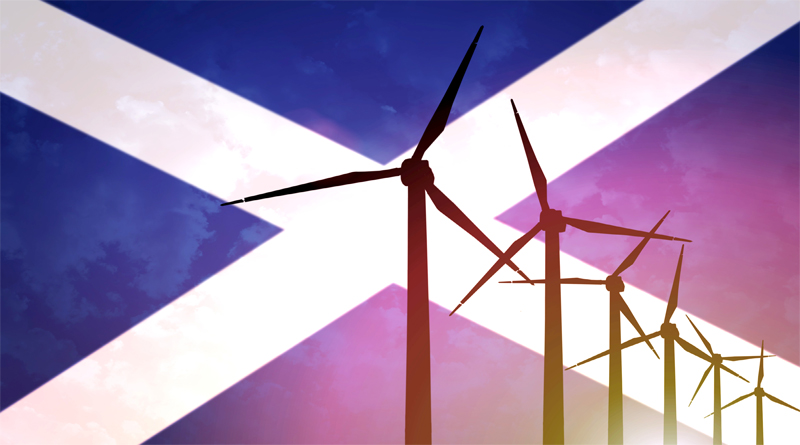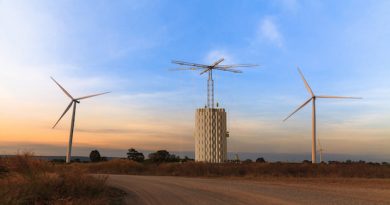Scotland Leads: Global Leaders in Wind Output

Scotland, a country on track to be completely powered by renewable energy to meet its electricity demands by 2020, recently broke the wind power record yet again. Blessed with both a coastline and weather that supports wind energy generation, the country can boast of taking its opportunities with both hands.
Over the first quarter of the year, the country’s onshore wind turbines generated 44% higher electricity they did in the same period last year. According to an analysis of WWF Scotland wind power data by WeatherEnergy they supplied more than 5.3 million megawatt hours of electricity to the National Grid during the first three months of the year. Enough to provide 5 million homes with low carbon electricity. On March 1, they generated enough wind power to meet 173 % of the nation’s entire electricity demand.
Even the lowest collection made during a day over the quarter on January 11th, the turbines generated electricity enough to power 575,000 homes. These figures were driven by be projects coming online; with the completion of major new onshore projects, such as Clyde Extension with an on grid capacity of 172 MW and Bhlaraidh at 108 MW.
Dr. Sam Gardner, WWF Scotland’s Acting Director said: “An increase of 44 percent on the record-breaking equivalent period in 2017 is clear evidence the investment made in this technology has paid off for the economy and the environment, putting Scotland at the forefront of the fight against climate change.”

The figures closely follow a Scottish government announcement which showed record amounts of renewable electricity in Scotland during 2017. 68.1 percent of the country’s gross electricity consumption came from renewable sources, experiencing an increase of 26 % over the previous year.
Scotland wasn’t just the leader in onshore wind, it homes the world’s first floating wind farm. The 30 MW Hywind Scotland, located off the coast of Aberdeenshire. The project achieved almost two-thirds of its maximum theoretical capacity during November, Decemeber and January, according to its operator, Statoil.
This news followed the data that renewables were now for the first time, the second largest source of electricity in UK behind gas- having overtaken nuclear in the last quarter of 2017.
![]()




